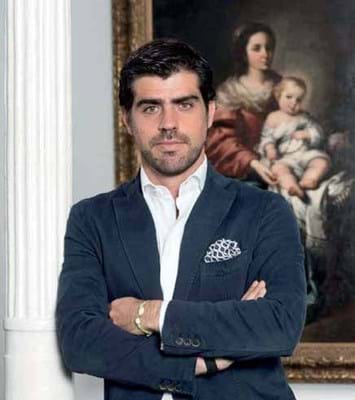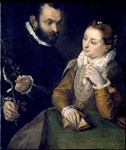Jorge Coll of Colnaghi says: “It’s a place where all the most important dealers and collectors gather.
“Many of the best dealers hold back their best finds, so it can be a really rich environment for information and networking, as well as acquisitions.”
TEFAF regular Johnny Van Haeften, agrees, adding that “dealers will save things for TEFAF to make what we show special, often works not exhibited before.”
Much of the power of the event is down to the freshness of the objects it offers.
But “it’s not always easy”, says Artur Ramon, reflecting on the pressure of attracting visitors’ attention when they’re surrounded by stunning objects.
With all the dealers trotting out their newest and best stock, some find it can pay to get a bit creative. Many exhibitors have started to mix up their selection, incorporating different datelines and even contemporary works into their offerings. Works on paper dealer Stephen Ongpin, for example, brings works from the 14th to the 20th centuries, spreading the net wide at a fair where he estimates that 80% of his sales are to new clients.
Stand out
Others use stand design to catch viewers’ eyes.
James Roundell of Dickinson Fine Art says the trick is creating flow: “When people pass your stand you want them to go in. Once they’re in you want to them to go around.
“It shouldn’t make them claustrophobic, but if it’s too open there’s no sense of discovery and people like to feel they’ve discovered something. It pleases their imagination.”
“Maastricht is such a powerful brand but it still has to be careful of fair fatigue,” said London antiquarian book dealer Bernard Shapero.
“The market is flooded with fairs. The question is, will there be enough collectors to go around?
“New York is fantastic because it is new and fresh. But Maastricht is not new so can it keep its buzz and keep to such a high level?
“I really hope it does and we are 100% behind it. It must stay fresh and exciting.”












